This is one of my best aircraft that I have built in the last 10 months and I finally decided to post it onto the forums! I like to have my aircraft as close to the original as I possible can without affecting your gameplay and at only 200 parts, I'd say I succeeded. I hope you like my Eindecker with it's fairly detailed interior/exterior and its low part cost.

Fokker E.III Wikipedia Page Information:
Design and development
The E.III was basically an E.II fitted with larger, newly designed wings that had a slightly narrower chord of 1.80 meter (70-7/8 in), compared to 1.88 meter (74 in) on the earlier Eindeckers, going back to Fokker's original M.5 monoplane aircraft. The E.III retained the same 75 kW (100 hp) Oberursel U.I engine, and therefore also used the larger diameter "horseshoe" pattern cowling that also mandated the inclusion of the E.II's soffit-like extensions to the sides of the upper nose sheet metalwork, but had a larger 81 L (21.5 gal) drum-shaped main fuel tank just behind the cockpit, which increased the Eindecker's endurance to about 2½ hours; an hour more than the E.II. Most E.IIIs were armed with a single 7.92 mm (.312 in) Spandau LMG 08 machine gun with 500 rounds of ammunition; however, after the failure of the twin-gun Fokker E.IV as a viable successor, some E.IIIs were fitted with twin guns.
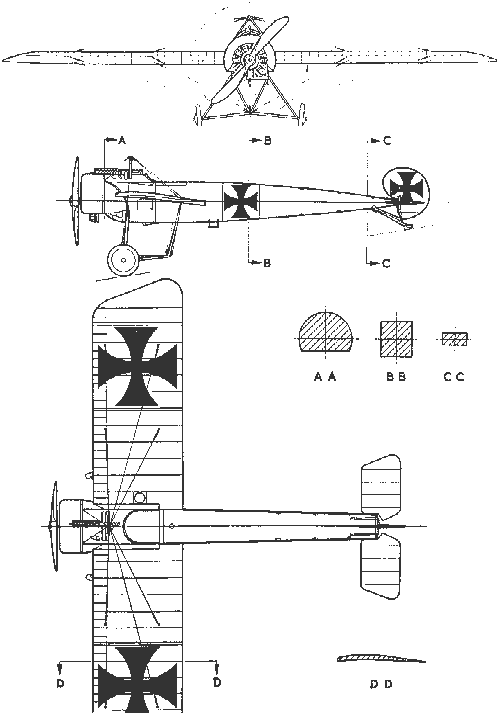
Fokker production figures state that 249 E.IIIs were manufactured; however, a number of the 49 E.IIs were upgraded to E.III standard when they were returned to Fokker's Schwerin factory for repairs.
Operational history
Fokker E.III downed in France during WWI
The E.III was the first type to arrive in sufficient numbers to form small specialist fighter units, Kampfeinsitzer Kommandos (KEK) in early 1916. Previously, Eindeckers had been allocated singly, just as the E.I and E.II had been, to the front-line Feldflieger Abteilungen that carried out reconnaissance duties. On 10 August 1916, the first German Jagdstaffeln (single-seat fighter squadrons) were formed, initially equipped with various early fighter types, including a few E.IIIs, which were by then outmoded and being replaced by more modern fighters. Standardisation in the Jagdstaffeln (and any real success) had to wait for the availability in numbers of the Albatros D.I and Albatros D.II in early 1917.
Turkish E.IIIs were based at Beersheba in Palestine while others operated in Mesopotamia during the Siege of Kut-al-Amara.
Surviving aircraft
Eindecker 210/16, in the Science Museum, London (2015)
The only known surviving original Eindecker, bearing IdFlieg serial number 210/16, was brought down in the Somme area in 1916 by the British and then evaluated by the War Office until it was transferred to the London Science Museum in 1918. It is currently on display fully assembled, but with its fabric covering removed to illustrate its internal construction.

Operators
Austria-Hungary
Kaiserliche und Königliche Luftfahrtruppen
Kaiserliche und Königliche Kriegsmarine
Bulgaria
Bulgarian Air Force
German Empire
Luftstreitkräfte
Kaiserliche Marine
Marine-Fliegerabteilung
Ottoman Empire
Ottoman aviation squadrons were supplied with 22 E.III aircraft.
Specifications (E.III)
Data from German Aircraft of the First World War

General characteristics
Crew: 1
Length: 7.2 m (23 ft 7 in)
Wingspan: 9.52 m (31 ft 3 in)
Height: 2.4 m (7 ft 10 in)
Wing area: 16 m2 (170 sq ft)
Empty weight: 399 kg (880 lb)
Gross weight: 610 kg (1,345 lb)
Powerplant: 1 × Oberursel U.I 9-cyl. rotary engine, 75 kW (100 hp)
Performance
Maximum speed: 140 km/h (87 mph, 76 kn)
Endurance: 1.5 hours
Service ceiling: 3,600 m (11,810 ft)
Rate of climb: 3.3 m/s (650 ft/min)
Time to altitude:
1,000 m (3,281 ft) in 5 minutes
3,000 m (9,843 ft) in 30 minutes
Armament
Guns: 1 × 7.92 mm (0.312 in) LMG 08/15 machine gun offset to starboard, synchronized to fire through the propeller.
Controls:
Follow the in game instructions. :)
Features:
This aircraft features a realistic interior and fairly realistic control surfaces. So instead of alerions, you get to use wing flex to fly the aircraft instead. It also features a rotary engine which I learned to make from Sarnnox's helpful video which I suggest you check out. Please be patient with my funky tree creations as I'm still fairly new to using them.
Final words:
Though it isn't the most detailed, fast, maneuverable, or easy aircraft to fly I still think that you will have fun with this aircraft. Don't forget to upvote if you enjoy!
Remember to have fun!
Specifications
Spotlights
- pancelvonat 2.5 years ago
- Fineilldoitmyself 2.5 years ago
- XAircraftManufacturer 2.5 years ago
- Tookan 2.2 years ago
- Zero0Two2 2.5 years ago
- Bryan5 2.5 years ago
- CooperFilms001 2.5 years ago
- xNotDumb 2.5 years ago
- erridkforname 2.5 years ago
General Characteristics
- Created On iOS
- Wingspan 33.2ft (10.1m)
- Length 22.1ft (6.7m)
- Height 8.1ft (2.5m)
- Empty Weight 637lbs (289kg)
- Loaded Weight 1,354lbs (614kg)
Performance
- Horse Power/Weight Ratio 0.073
- Wing Loading 6.7lbs/ft2 (32.9kg/m2)
- Wing Area 200.8ft2 (18.7m2)
- Drag Points 1682
Parts
- Number of Parts 217
- Control Surfaces 0
- Performance Cost 780

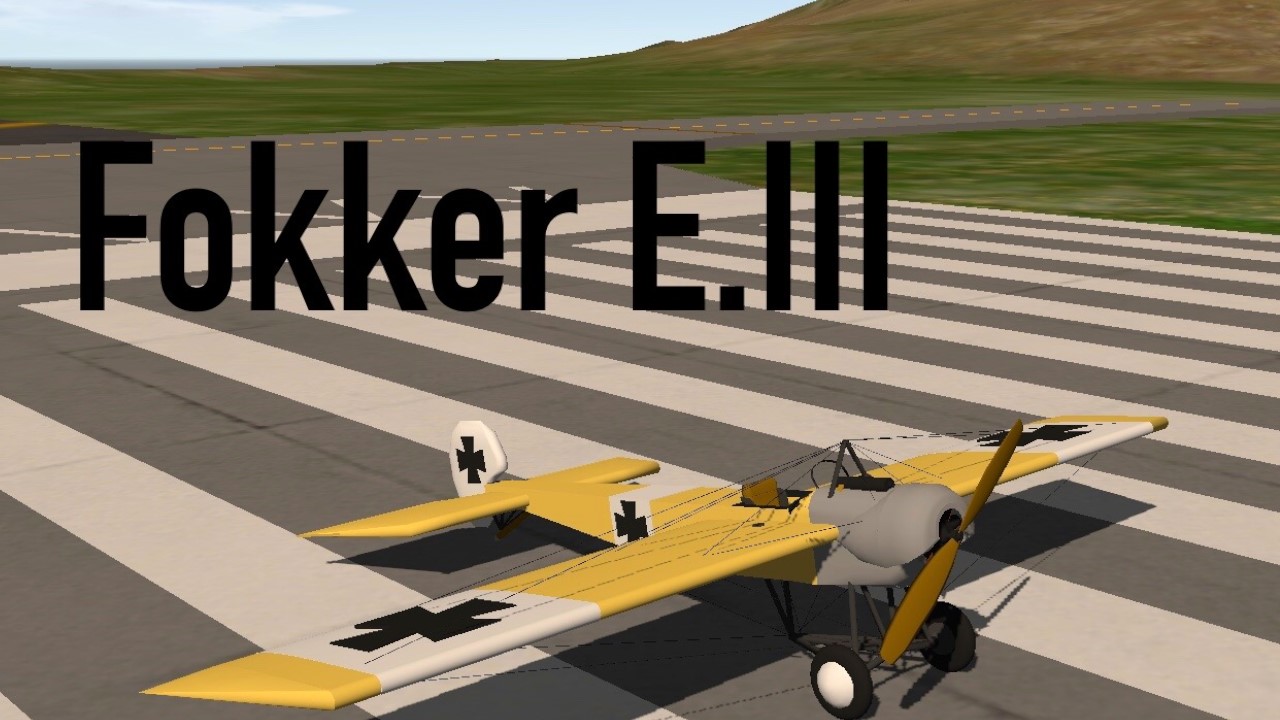

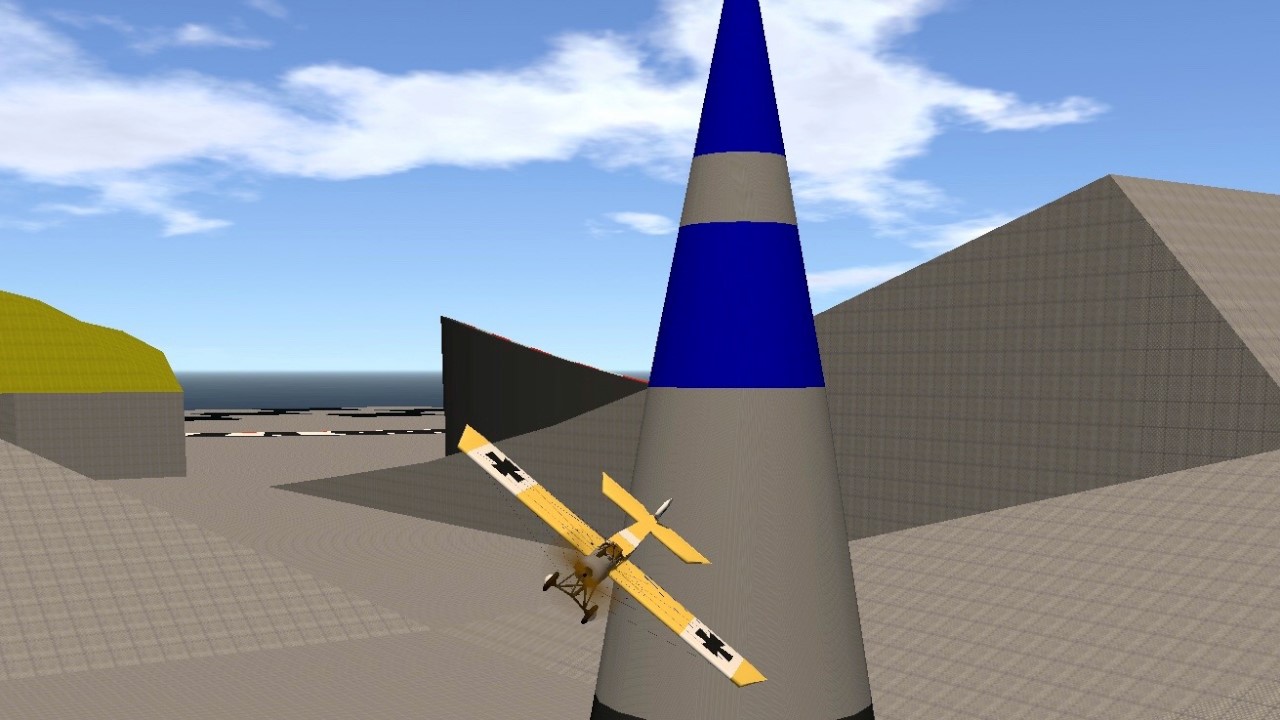


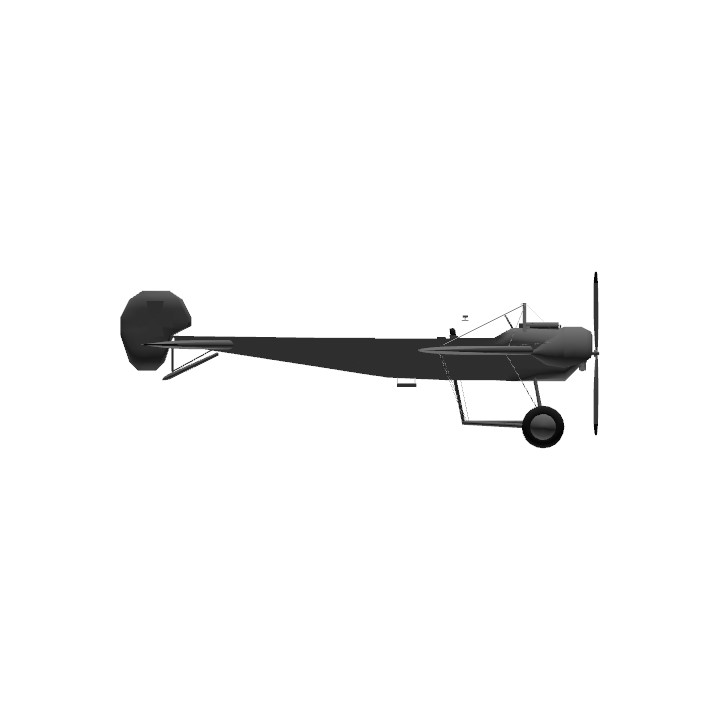
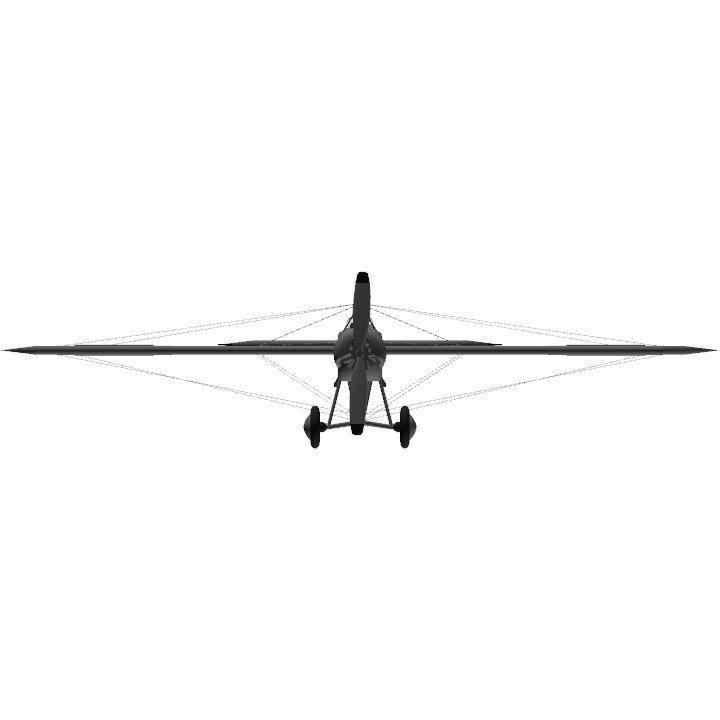
I was honestly not expecting such a good reaction seeing as I had never posted anything before this. Thanks for all the support!
If you'd like to give me advice I'd very much appreciate it!
best thing ever
You should have given the engine less torque in my opinion. Taking off is really difficult. Wheels could have been scaled by width to reduce the attachment point size. Other than that, it's a very nice build.
noice
my page looks better already :)
@TWDDerSharkmarine Thanks Dude! I'll be sure to use them wisely!
I am loving this aircraft, for 200 parts, this is a bargain, as for changing texts, those can be done using hash (#)
like so :D